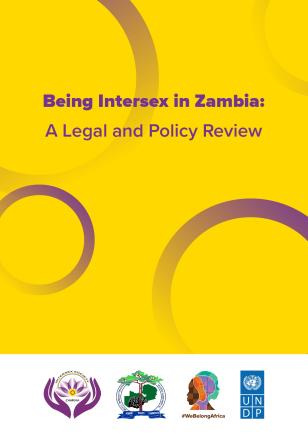Being Intersex in Zambia: A Legal and Policy Review

Being Intersex in Zambia: A Legal and Policy Review
October 2, 2023
As we approach the deadline for achieving the 2030 Agenda for Sustainable Development and the Sustainable Development Goals, it is imperative that we prioritize the needs of the most vulnerable and marginalized communities. The 2030 Agenda rightly emphasizes the importance of “leaving no one behind” and addressing the structural barriers that perpetuate inequality and discrimination based on race, ethnicity, religion, age, disability, and gender identity. Citizens that form part of the marginalized communities in society are often affected by multiple and intersecting forms of discrimination with long-lasting generational impact. Communities left behind also experience exclusion in policies, laws and practices, human rights violations and access to economic and social justice, which deepens inequality and results in negative outcomes.
Globally, it is estimated that intersex people account for 1.7 percent of the population. Data on intersex persons related to HIV and sexual and reproductive health and rights, and their overall well-being, is limited, and inclusion of their specific needs in policies, laws and practices continues to be a challenge.
This report covers the stigma, discrimination, violence and unfair treatment within various sectors of society that intersex people face in Zambia, and makes recommendations for improving laws, policies and regulations to strengthen protection for intersex persons.

 Locations
Locations